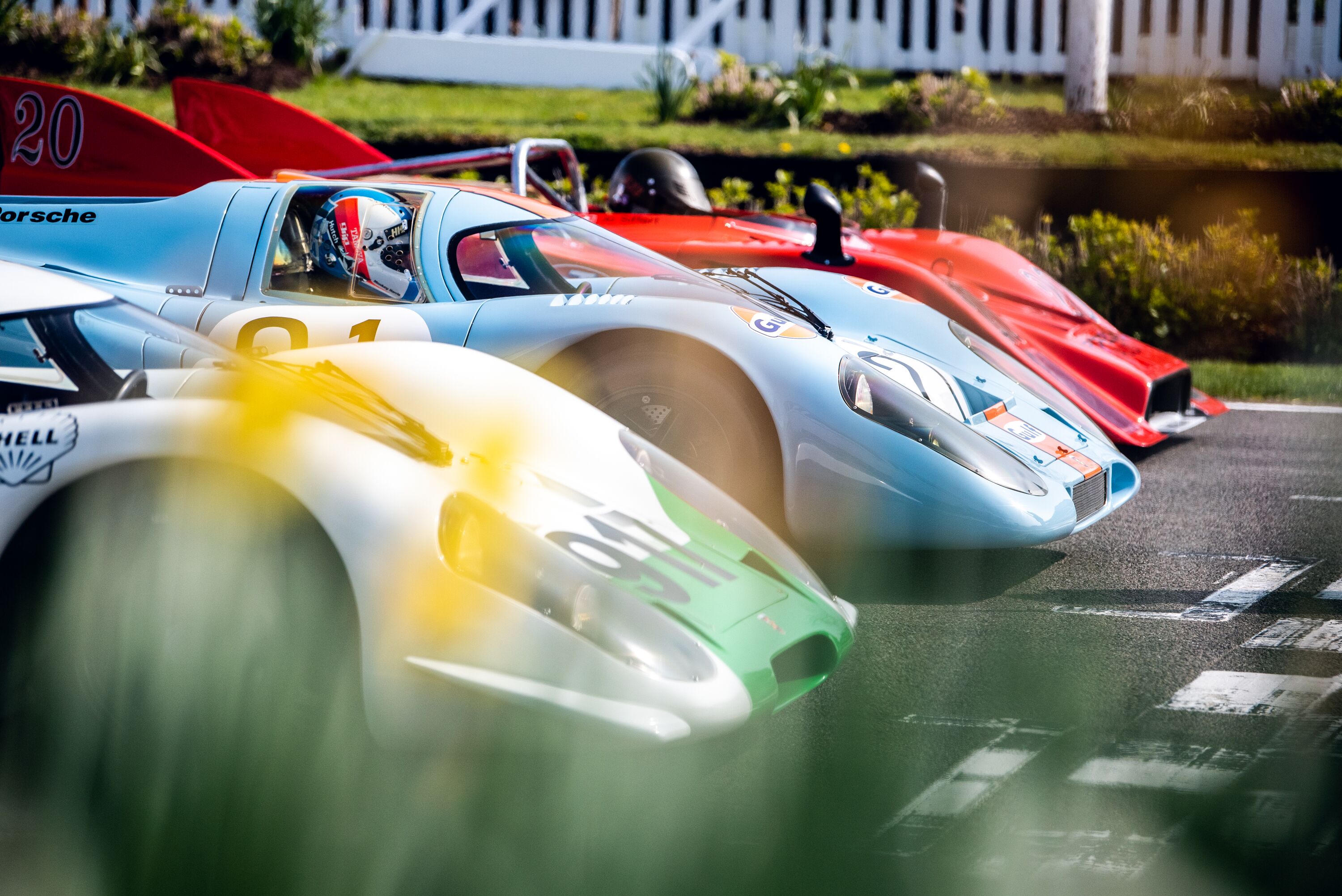The Classic 24 at Daytona has us redefining a 'classic'
When a car ends its racing life, how long do you have to wait before it becomes a ‘classic’ racing car? It’s a question we’ve not massively pondered before at GRR, but a couple of comments that came in while we were at the Classic 24 at Daytona sparked some thinking.

You see here at Daytona, our friends at Historic Sportscar Racing put together an extensive list of grids together from five decades of racing history, allowing cars from the 1950s all the way through to cars that only retired at the end of 2019 to compete on the legendary high banks.
When we broadcast some footage from the event on our social media channels, some of you seemed less than impressed at the appearance of some of these more recently retired cars. Does it spoil the essence of a ‘classic’ event to allow people to bring whatever they want?
Actually, the question shouldn’t be what is a classic and a blanket definition for all cars across the world of motorsport. We think it’s a case-by-case basis, or rather an event-by-event basis.

You see the Revival at Goodwood for example has a very definite definition of what can race. Our season closer has, for over 20 years now, recreated one very specific period of history, locking the Revival to cars that competed up until 1966, and nothing later. But if you move to the Members’ Meetings earlier in the year, you’ll find much later cars on track, and in our high-speed demos we’ve even seen some cars on track that only recently became obsolete with regulation changes. In fact our LMP demo included some cars (an Alpine-badged LMP2 for example) which were racing up until fewer than five years ago.
If you move into the wider world, there is a growing movement to find places for the cars that raced through the 1990s, and into the 21st century. Peter Auto and Masters Historic racing both run competitions for such cars, focusing on brilliant machines like Bentley’s Speed 8, Panoz Esperante, even the mighty DBR9s that screamed round Le Mans into the very late portion of the last decade.
Which brings us to Daytona. In America historic racing is different, with the focus on different kinds of cars and over abundances of one manufacturer (often Porsche) or another to be found at most events. Because American motorsport in some ways shields itself from the whims of the rest of the world, we find cars in America that not only never had a racing home outside the US, but definitely do not now.

Daytona Prototypes, GTD and GTLM cars could just fall silent and wait ‘their turn’ to become classics. In some cases these cars might never be considered classics, leaving them to sit somewhere, loved but unused and never turning a wheel again.
Or we could let them race. No one is telling you to race your T70 against Corvette DP, but a group of DPs together will bring back memories for people who watched them race in their heyday. It may not stir your soul, but someone remembers watching those cars battle, and it’ll sure stir theirs.
So to answer the original question, there is no such thing as the definition of a classic racing car. It entirely depends on what you love.
Photography by Pete Summers and Ben Miles
Daytona
Classic 24
Classic 24 2019





